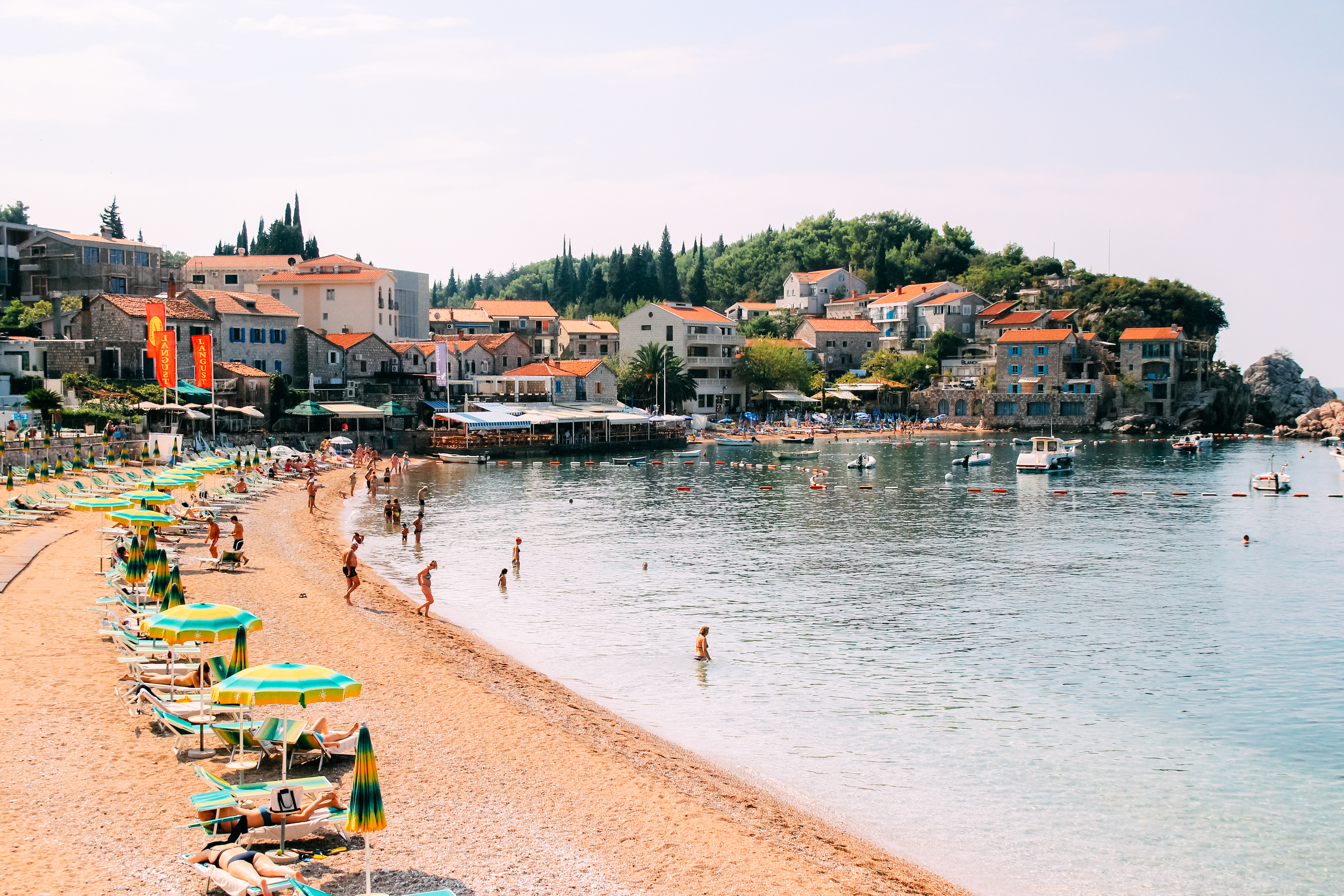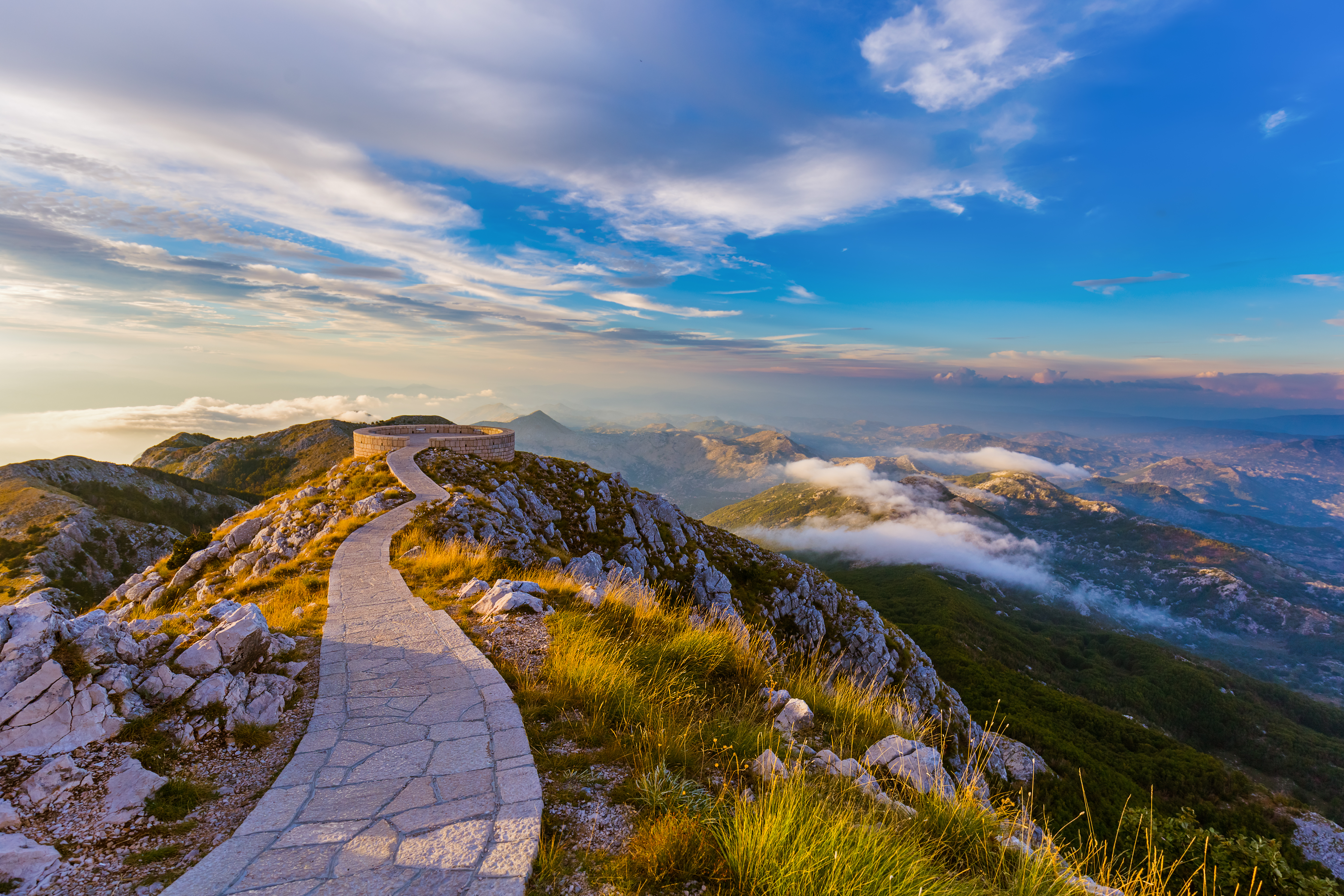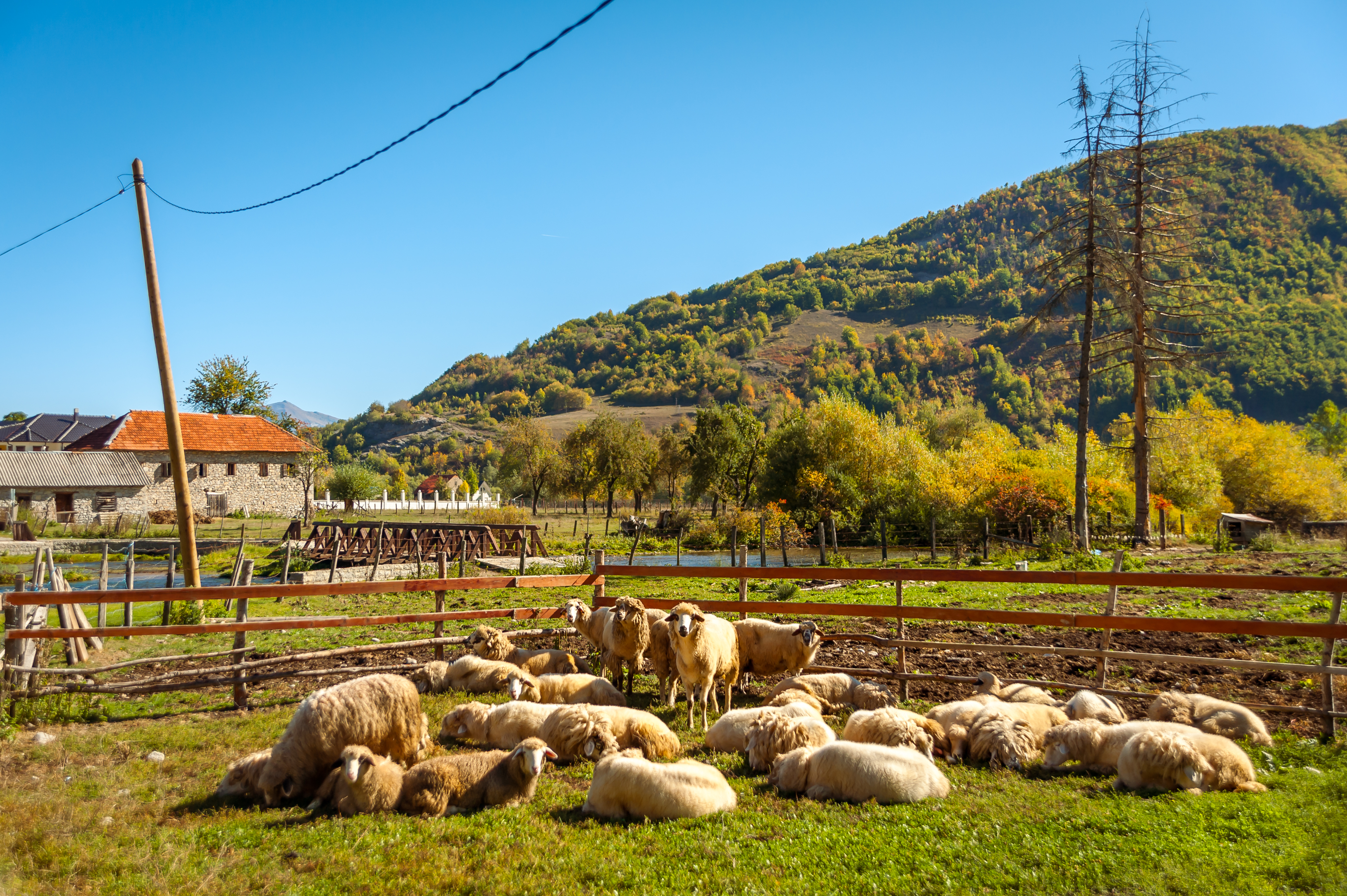Montenegro is about to have a moment. The tiny Balkan country — it is one of the smallest in Europe, and could fit inside Connecticut — boasts a stunning Adriatic coastline like its neighbor, Croatia, but has a fraction of the visitors. That makes it easier to explore and appreciate this beautiful place and its people.
Space to soak up the sun

The stunning coastline of Montenegro is intoxicating, with dramatic views of the mountains, bays, beaches and coves. During the summer, it is “not easy to find an uncrowded beach in Europe,” Condé Nast Traveler said, but “quieter” Montenegro is “one of your best bets.”
Plavi Horizonti beach, near the town of Tivat, has a “sandy shoreline dotted with craggy caves,” Travel and Leisure said. Its “gin-clear waters” beckon swimmers, but those who prefer to set sail can book a boat tour. Tivat offers educational options too, like visiting the 14th-century home that houses the Buca-Lukovic Museum and Gallery, and fresh seafood meals. The “greatest charm” is being able to explore “without elbowing your way through a crowd” or “waiting in an endlessly long line.”
Unspoiled land

Montenegro is rightfully known for its coastline, but “even more treasures await you inland,” Lonely Planet said. There are five “distinctly different” national parks to explore, with hikers and history buffs alike drawn to Lovcen National Park. It covers a black mountain (which gave Montenegro its name) above the Bay of Kotor, with the old royal capital, Cetinje, “nestled on the slopes.” Here, you can explore palaces and museums before hitting the mountain biking and hiking trails. Be sure to trek to the “striking” Njegos Mausoleum that holds the tomb of philosopher and poet Petar II Petrovic-Njegos and “gargantuan statues” by sculptor Ivan Mestrovic.
The “extraordinary” Biogradska Gora National Park is home to glacial lakes and “one of the very last primeval forests in Europe,” the Times of London said. It is “still truly wild” and “unspoilt,” with bears and wolves roaming among trees dating back centuries. This is a temperate rainforest; for “thick pine forests,” go to Durmitor National Park. There are also “steep-sided canyons and wind-swept valleys,” and in the winter skiers make their way to the small town of Zabljak to hit the slopes.
Finding the ‘true heart’ of Montenegro

One fun way to experience Montenegro is by renting a car and seeing where the road takes you. If you start in Kotor, a historic town by the Bay of Kotor, you might end up “corkscrewing up into the mountains” and stopping at Njegusi to “sample the Balkans’ best smoked prosciutto,” said Rick Steves on his travel site. This is the “true heart” of Montenegro, dotted with “humble villages” that have a “less ‘Western’ feeling than anywhere along the Adriatic.” If you see a farmhouse selling honey brandy, smoked ham and mountain cheese, pull over. You will want to enjoy these local treats while taking in the views of this “rocky hinterland.”